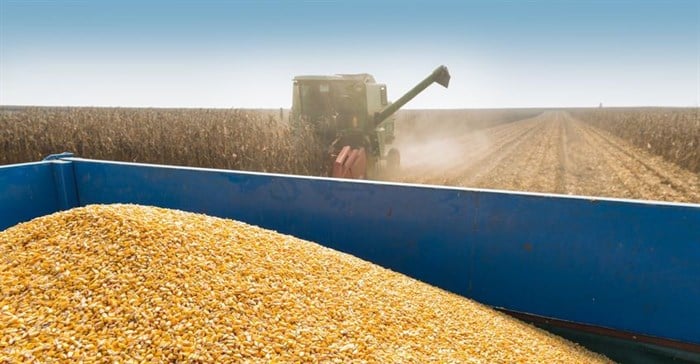The record 2017/18 marketing season is something of the past and the focus is now on the season ahead. Initially, before the optimal planting window for summer crops commenced in most parts of the country, widespread rain occurred, and it seemed as if it would again be a top season. However, the season took a different turn and the rain remained elusive for long periods, which delayed the planting process.
The plantings, particularly in the western parts of the country, were struggling to get underway because of the shortage of the necessary soil moisture for optimal planting. There are currently many uncertainties in the market regarding how many of the different crops have actually been planted, with more certainty only expected once the National Crop Estimate Committee announces the preliminary plantings of summer grains on 30 January.
Further uncertainty about the number of hectares planted exists, because of areas that have received enough rain, but with others that have not managed to plant at all. *Below graphs indicate the rainfall for some localities in the country since July 2017. It is, of course, important to consider the timeliness of the rainfall.
It is clear that the western parts of the country received the least rainfall in the last 30 days. There are also other areas that have received rain and it creates uncertainties about what the current status of the harvest is.
Sensitivity analysis
One of the biggest questions in the market is what the impact of fewer plantings, as well as various yield possibilities, will have on the approaching season, since the possibility of large transfer stocks at the end of the 2017/18 marketing season.
A sensitivity analysis indicates the possible exportable surpluses available for the 2018/19 season, given different area planted and yield scenarios. The area planted is a deviation from the CEC’s intention to plant, while the different yield scenarios are deviations from the five-year yield average. The consumption in the coming season equals the average consumption over the past three years, while the pipeline stock equals 1.5 months (six weeks) consumption.
The exportable surpluses shown in the sensitivity analysis are green when less than 1.5 million tonnes for the season and red when more than 1.5 million tonnes. Possible no exportable surpluses are indicated in bright red with white lettering. It is clear that, given the season’s transfer stock, plantings should be significantly less than the intention, and the average yield across the country should be significantly lower than the average.
Click here for the full sensitivity analysis.


































